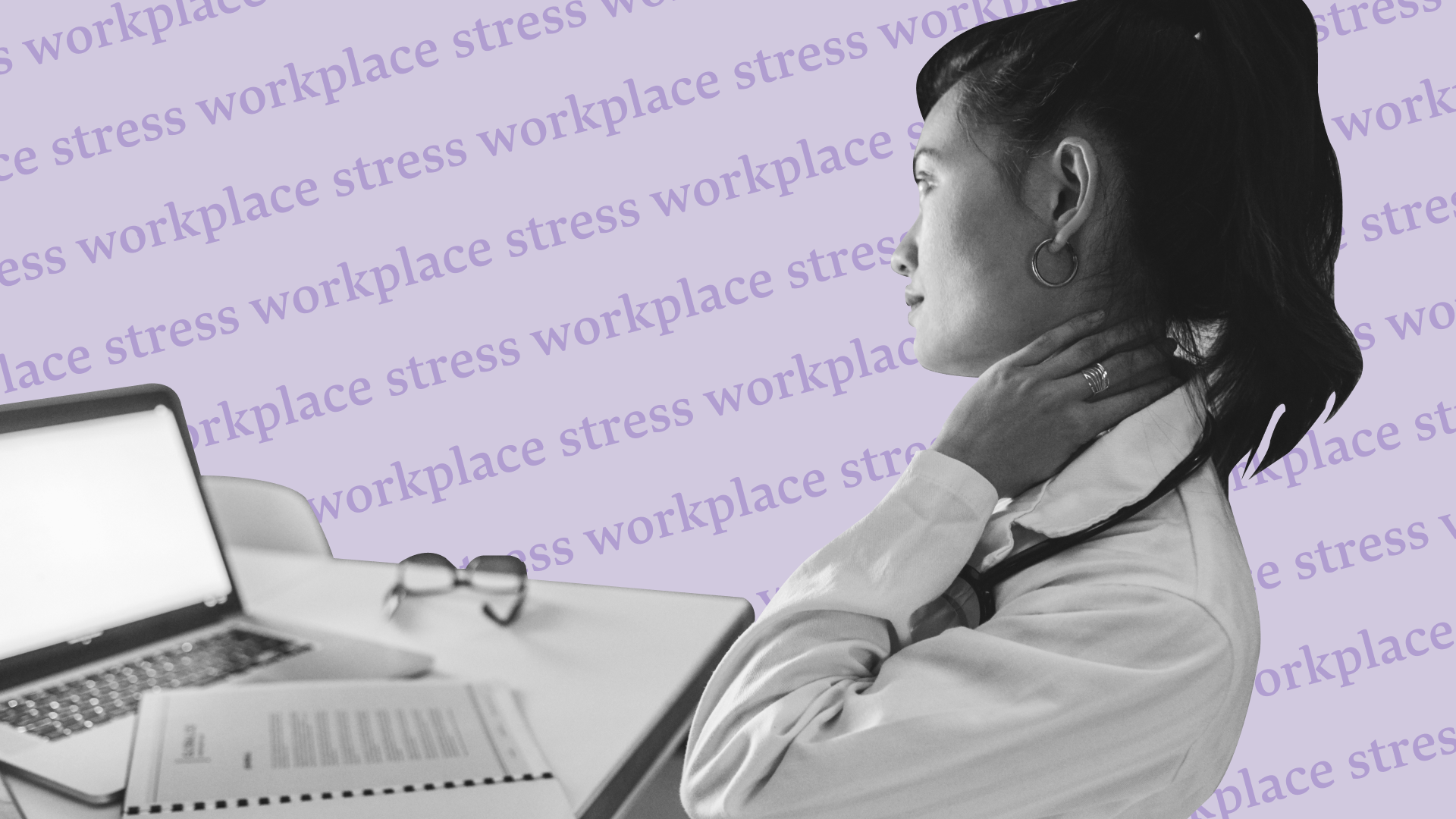When shaping the workforce of any company, Human Resources (HR) plays a crucial role. From hiring and training to developing policies and managing compliance, the HR team is key in managing an organization's most valuable asset — its people.
Given the scale of HR’s impact, it’s important to make sure their strategy aligns with the business goals. That’s where an HR gap analysis comes in. In this blog, we’ll explore what makes up an HR gap analysis, why it's an important tool, and how to conduct one effectively.
Understanding the HR Gap Analysis
When you need to identify the differences between the current HR practices and the objectives of an organization, an HR gap analysis can help. It serves to highlight what’s misaligned or missing — the gaps in performance, skills, competencies, or resources within the HR framework that potentially conflict with business goals.
The Purpose of an HR Gap Analysis
The main reason for conducting an HR gap analysis is to help ensure the company's workforce is supported, well-equipped, and aligned with the overarching business strategy. By identifying what gaps exist, an organization can focus efforts to bridge them, leading to enhanced overall performance and the ability to compete in the market.
HR Gap Analysis and HR Benchmarking
Some companies start with HR benchmarking before doing an HR gap analysis. This practice compares an organization's current HR metrics with industry standards and best practices to evaluate performance. Once benchmarking is done, companies can conduct the gap analysis and use the outcome to identify specific areas of improvement.
Conducting an HR Gap Analysis
To effectively conduct an HR gap analysis, there are several steps to take. Following a structured approach like the one below can help ensure all critical aspects are considered and addressed.
1. Identify Current HR Capabilities
The first step is assessing the current situation within the HR department. This includes evaluating existing policies, procedures, programs, and skill sets of HR employees. Collecting comprehensive data is essential at this stage to get a clear picture of the current state.
2. Define HR Goals and Objectives
Once the current state is clear, outlining the desired HR goals and objectives comes next. Goals should align with the company's strategic plan — they can range from improving employee satisfaction to streamlining the recruitment process or enhancing professional development opportunities.
3. Analyze and Prioritize the Gaps
With a clear understanding of both the current state and the desired outcomes, it's time to analyze the gaps. The two states are compared and any discrepancies in performance, capabilities, or resources are identified.
Now, it’s important to note that not all gaps are created equal. Some might have more impact on the business than others. This is why it's important to prioritize the gaps identified based on factors like urgency, impact, and the resources necessary to address them.
4. Develop Action Plans
The last step in the HR gap analysis process is to create specific action plans for each priority gap. These plans should explicitly outline the steps needed to bridge the gaps. Include details like who will be responsible for implementation, the timelines involved, and how success will be measured.
The Importance of HR Gap Analysis
An HR gap analysis isn’t something that can be done once and checked off forever. Rather, it's an ongoing process that can help organizations adapt to changes in the business environment and workforce dynamics. Here are some key reasons why it's so important:
Alignment: A gap analysis helps ensure the HR strategy supports the company's long-term business goals, promoting growth and sustainability.
Efficiency: By identifying and addressing gaps, organizations can streamline processes and remove bottlenecks, enabling increased efficiency and productivity.
Performance: Understanding the gaps in workforce skills and performance allows for targeted training and development programs, leading to a more competent, high-performing team.
Planning: A gap analysis can help predict future HR needs based on business trends, enabling proactive planning for all areas of the business.
Challenges in Conducting an HR Gap Analysis
While an HR gap analysis is valuable, conducting one can lead to some challenges. For one, gathering comprehensive (and accurate) data will take time and can be fairly complex. It’s important to have the right tools and expertise to analyze the data effectively.
Resistance to change can also be a hurdle. Identifying the gaps in an organization often leads to changes, and adjusting can be difficult for employees. Clear and proactive communication is key to overcoming this hurdle. This is especially true as the business landscape continues to evolve.
Best Practices for HR Gap Analysis
If you want to maximize the effectiveness of an HR gap analysis, consider these best practices:
Involve key stakeholders: By engaging management, HR personnel, and employees in the process, you can gain diverse perspectives for a better action plan.
Use reliable data: Ensuring the data used for the analysis is accurate, reliable, and up-to-date can help you make informed decisions.
Focus on actionable insights: Putting your energy toward the most actionable changes can lead to achievable action plans.
Monitor progress: Establishing metrics to monitor the progress of the initiatives can make adjustments that much easier when they’re needed.
For all small businesses, regularly conducting an HR gap analysis can help ensure your HR strategy is both effective and agile in meeting the needs of your workforce.
How Justworks Can Help
If your organization hasn’t conducted an HR gap analysis before, it may seem like a daunting task. You don’t know what you don’t know, and it can be intimidating to start a process you’re unfamiliar with. But the great news is that you don’t have to do it alone.
As a Justworks customer, you can chat with one of our experts about any questions you have about conducting an HR gap analysis. And you don’t have to stop there — with Justworks you’ll get access to HR tools, receive compliance assistance, access to excellent health insurance, and 24/7 customer support. What’s not to love? Get started with Justworks today!
Learn more with Justworks’ Resources
Scale your business and build your team — no matter which way it grows. Access the tools, perks, and resources to help you stay compliant and grow in all 50 states.








